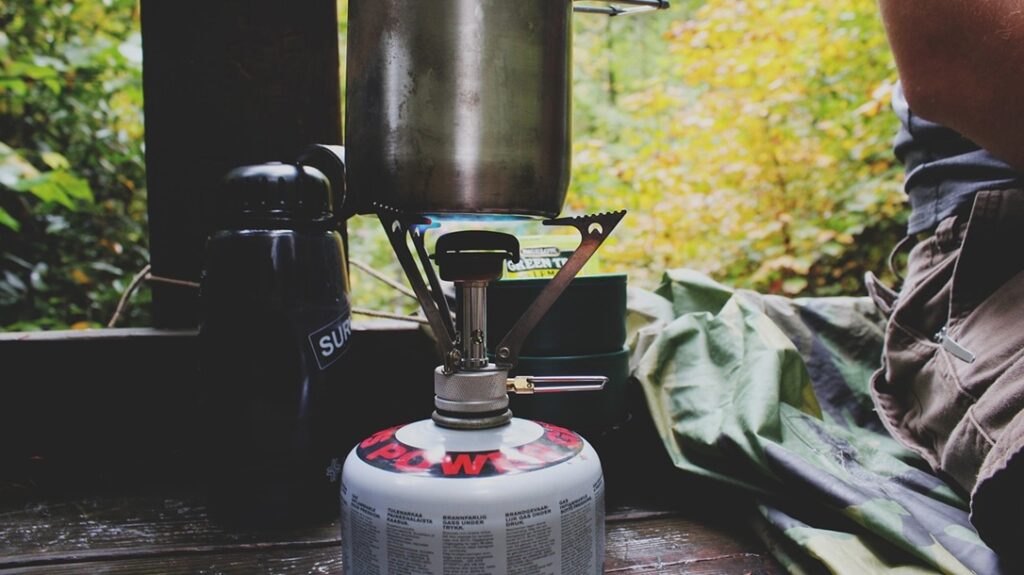Before I knew anything about short shorts and FN FALs, I had heard the phrase Rhodesian Chest Rig. I can’t remember exactly where, but I remember reading a book about some special operations forces. I can’t recall if it was Green Berets or SEALs, but I remember the phrase, and I remember seeing it on a chest rig at the PX and later in modern writing about the GWOT. What is the Rhodesian chest rig? Why is it so often referenced, even in quasi-modern times? Was it the first chest rig? I finally decided to figure it out and spin it up for easy consumption for our dear readers.
The Rhodesian Chest Rig – Early Origins
The Rhodesian Chest Rig gained its name because it was the western world’s first use of the chest rig. Footage and photos coming out of the bush war in the 1960s and 70s showed Rhodesian troops in their short shorts, with their baby poop FALs, and rocking chest rigs. Prior to that, the Rhodesian forces carried most of their battle loadout like every other troop of this era. They used their belts.
Belts are great, but they do limit how much ammo and gear you can easily carry. When you are carrying ammo, water, and a butt pack, a belt gets crowded quickly. Not only that, but crossing water was difficult with belts, and the same could be said working in and out of vehicles. Anything on the belt adds width.
Advertisement — Continue Reading Below
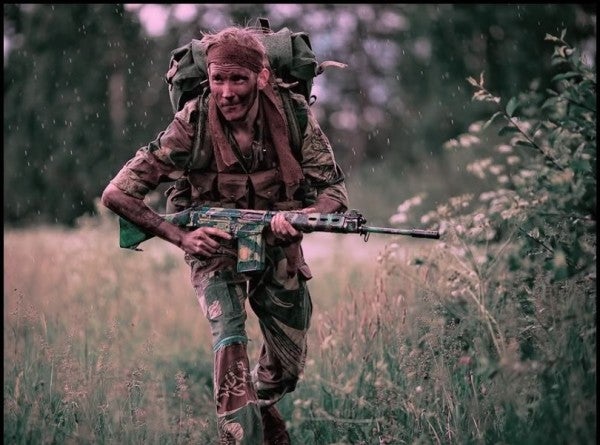
The Rhodie soldiers realized taking the mags off their belts not only freed up the room but was likely more comfortable and much easier to reach and reload with. Thus the Rhodesian chest rigs emerged and typically packed five FAL mags for easy access.
That’s the why, but where did the Rhodesians get the idea? Well, they stole it from the Chinese.
Advertisement — Continue Reading Below
The Rhodesian Chest Rig – From China to Africa
More specifically, the CHICOM-equipped forces they were battling. The Chinese are arguably the inventors of the chest rig. It started with the Type 56 chest rigs. China made them for both the Type 56 AK and the Type 56 SKS.

The SKS variant carried tons of stripper clips, and the AK variant carried three AK mags with four pouches for grenades. Stripper clips or whatever else you would carry. The African Nationalist forces were trained and supplied by the CHICOMs.
Advertisement — Continue Reading Below
The Rhodesian forces saw the chest rigs and must have thought it was pretty handy. Thus they began making their own in various configurations. Fereday & Sons of Salisbury were popular manufacturers of the rigs. While they had various sizes and shapes, they were all fairly identical to chest rigs.
Before The Chinese Chest Rig
While the concept of the chest rig came from the Chinese, it’s interesting to see how they developed the concept that eventually led to the Rhodesian chest rig. Before chest rigs existed for magazines, the American Army developed the M1918 Grenadier Carrier. This chest rig held 11 grenades and worked much like a modern chest rig, but just for grenades.
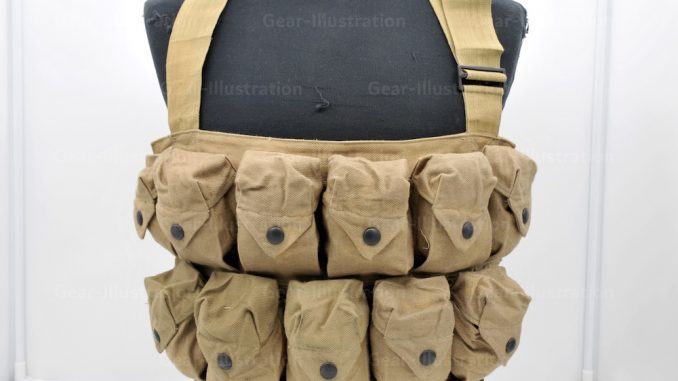
Advertisement — Continue Reading Below
In World War 2, the British had the Battle Jerkin. A jerkin is a type of leather vest, and the Brits modified them to act as load-bearing gear. The pouches had room for ammunition and mags, as well as various pockets for gear. This was less like a chest rig and more like a tactical vest. American soldiers would also rig their Thompson mag pouches into something akin to a chest rig, but this was a soldier modification.
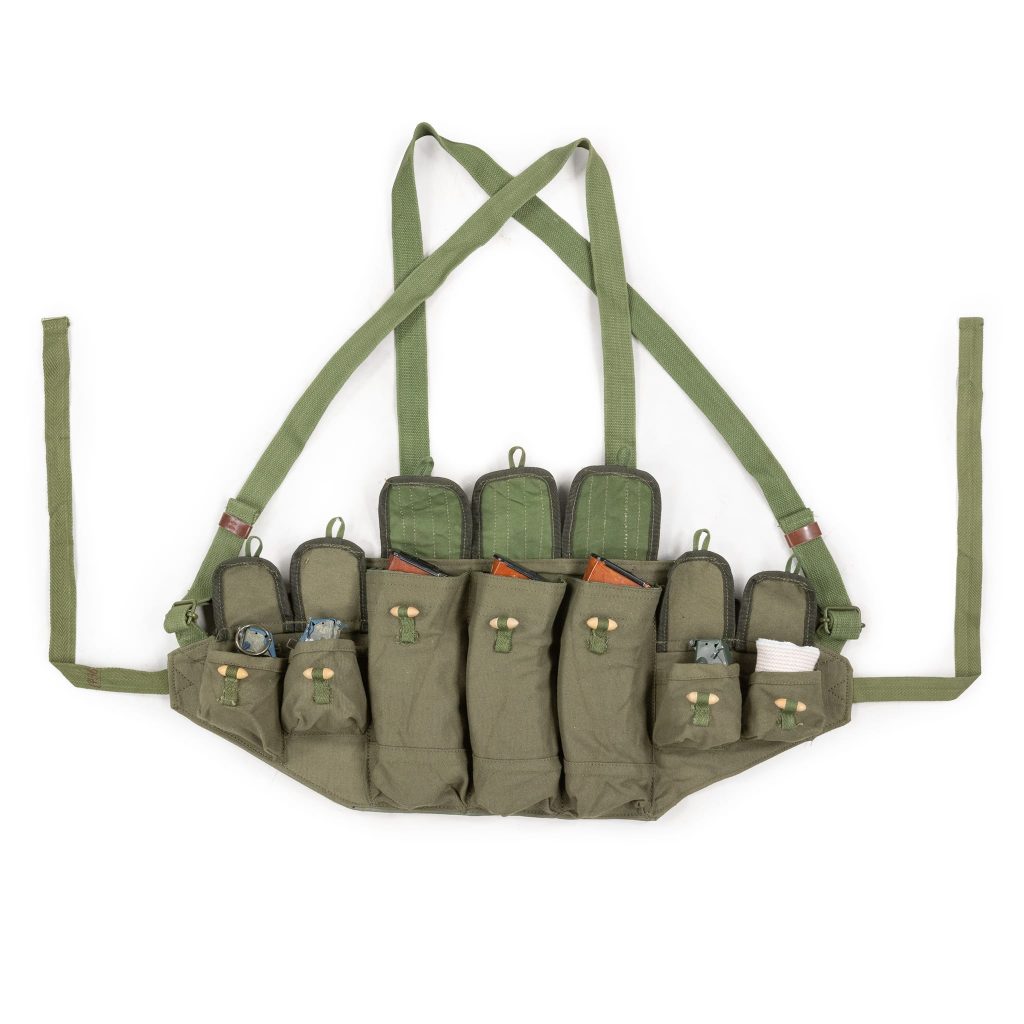
It’s not clear if these pieces of gear led to the Rhodesian rig, but we can rightfully assume the Chinese developed the chest rig based on their equipment in World War 2. Specifically their Thompson and C96 web gear. These were not chest rigs, but not exactly belts, but something in between.
Advertisement — Continue Reading Below
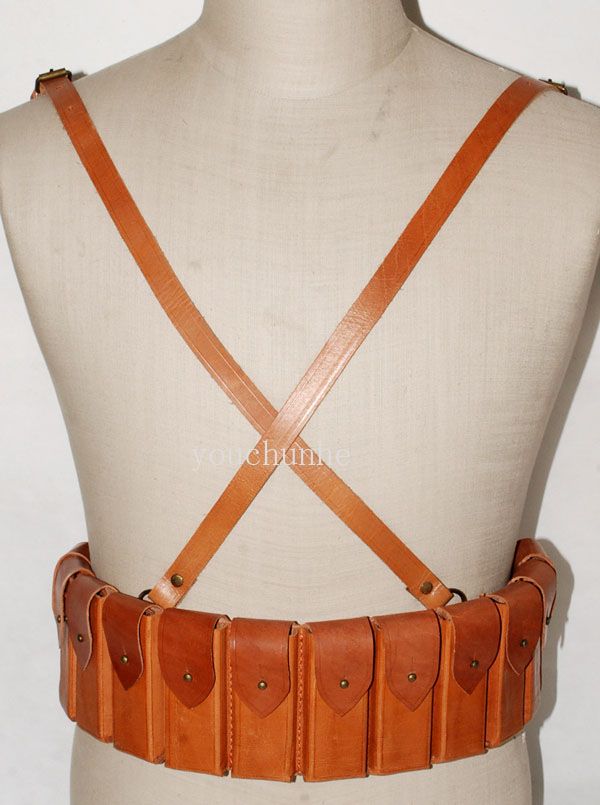
The rigs had straps that went around the neck and another strap attached around the neck. They sat at basically belly/belt level. The Thompson variant held five or so magazines, and C96 seemingly held a dozen reloads worth of ammo. Initially, they appear to be made of leather, but by the Korean War, they had moved to canvas.
It seems they simply kept modifying the designs and likely raised it to chest height to accommodate the longer AK magazines.
Advertisement — Continue Reading Below
From China to Rhodesia
The Rhodesian chest rig took an interesting path from China all the way to Rhodesia. It’s since evolved into one of the many ways we carry gear and ammunition. It’s certainly inspired modern gear and even how we carry mags on plate carriers. So now we know how the Rhodesian chest rig became so famous and where it came from.



